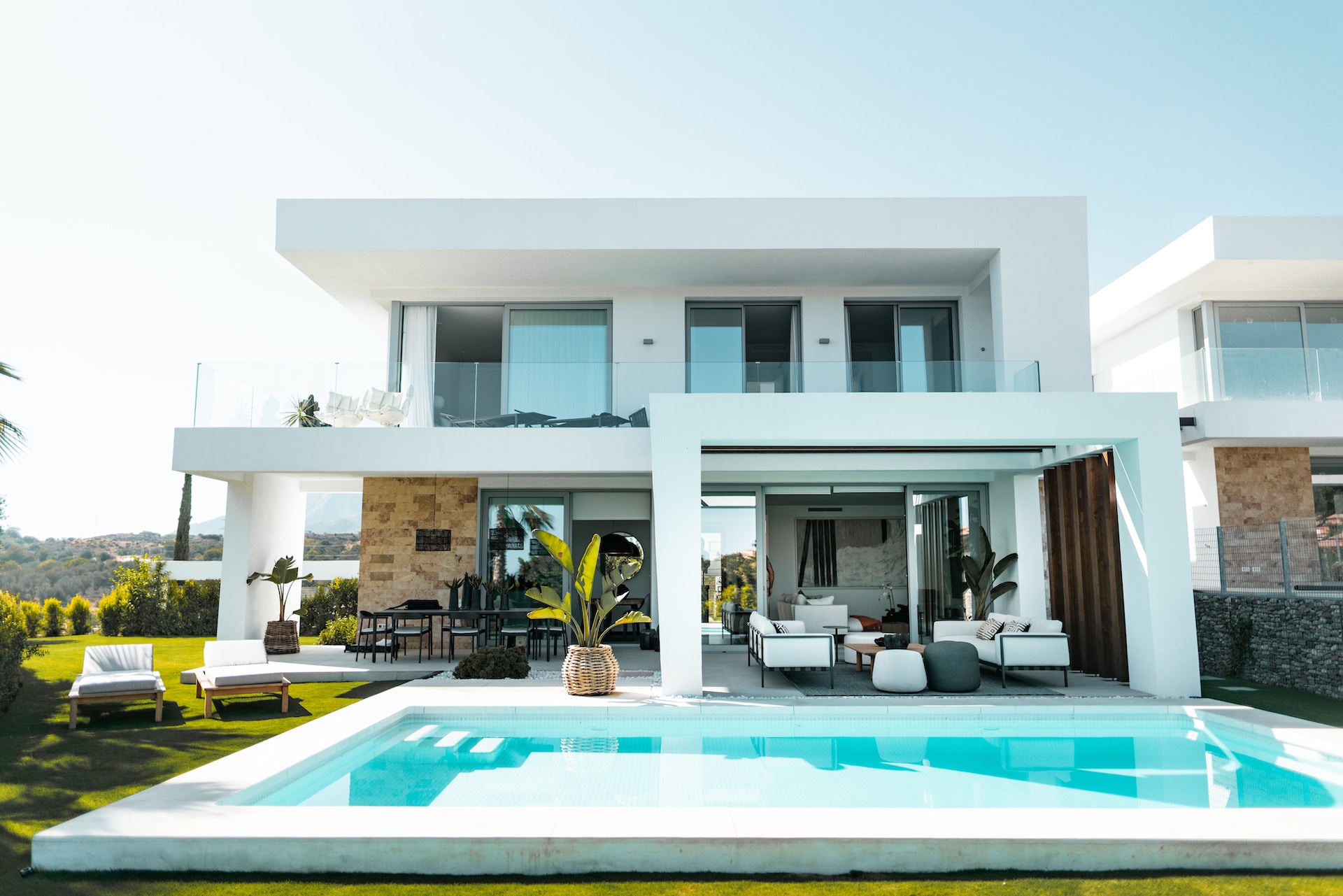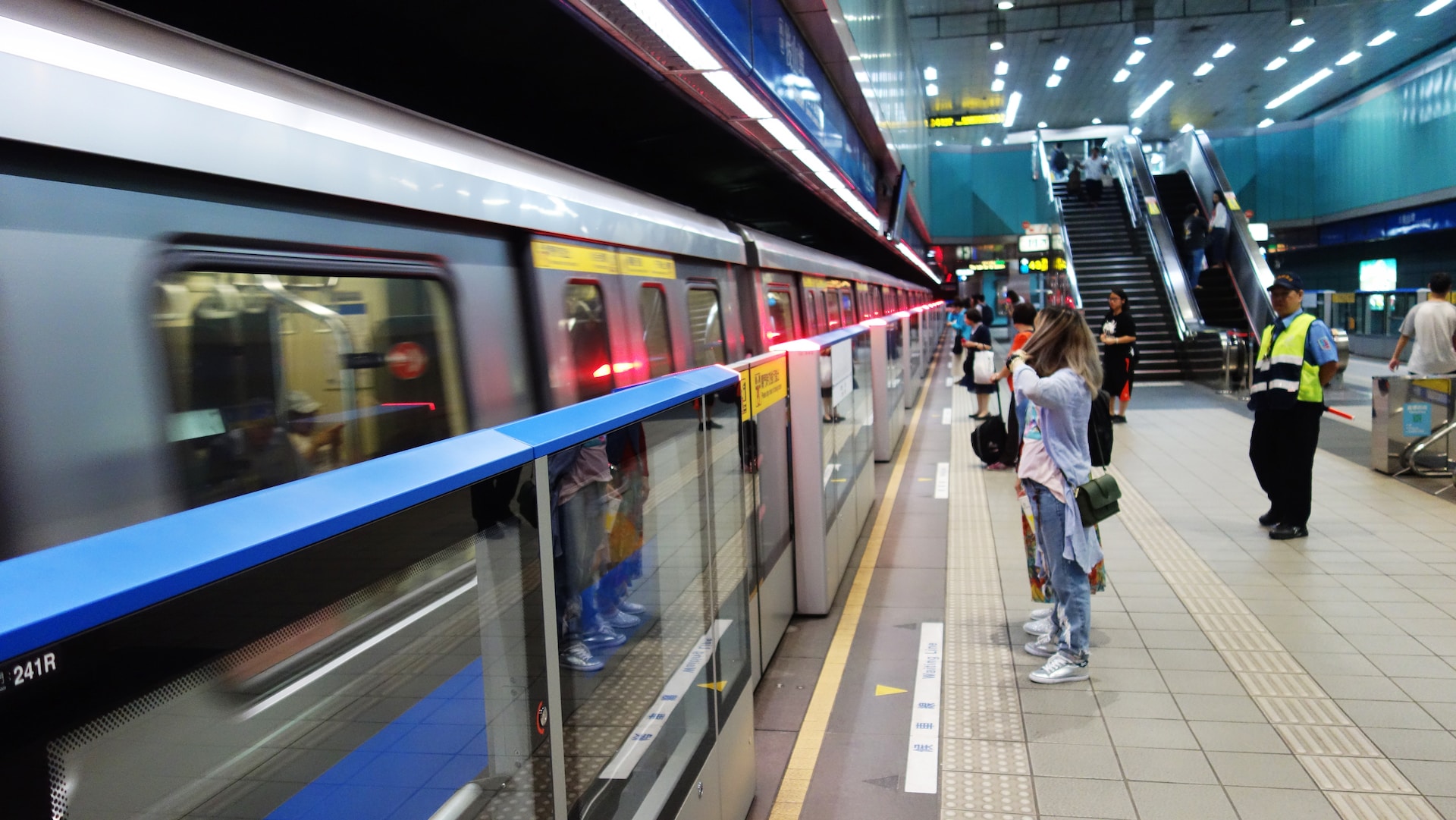11 Different Types Of Properties And Houses In Malaysia
Share story

A luxurious villa featuring its own swimming pool at the front.
This comprehensive list includes the most common types found in Malaysia and can help you make a purchasing decision!
The most common types of residential property in Malaysia include bungalows, semi-Ds, terraces, flats, condominiums, and so on.
These residential properties are protected by the Housing Development Act (HDA), which tries to protect property buyers’ interests, including:
- Providing assistance during disputes between developers and buyers.
- Protecting the buyer’s interests when a development is abandoned.
- Setting rules and regulations of when a developer can start charging the buyers.
However, in recent years, many new types have mushroomed which then creates more confusion for homebuyers, especially first-timers.
However, several more types have emerged in recent years, including Loft, SoHo, SoVo, SoFo, and the list goes on.
This comprehensive list includes the most common types found in Malaysia and can help you make a purchasing decision!
1. Mansion vs Bungalow vs Zero Lot Bungalow vs Cluster vs Villa
Some of us will wonder how a mansion is different from a bungalow? And what exactly is a cluster house?
Mansions are homes that are larger than bungalows and have a large plot of land.
Bungalows are similar to mansions but have less square footage and acreage.
Bungalows on a zero-lot are comparable to bungalows but on a very small piece of land. Typically, houses are built at corners to make the most of the available space.
Cluster homes have a large build-up but are created in clusters, with amenities similar to those found in a condo.Villas are similar to cluster homes but with a fancier name.
2. Semi-Detached (Semi-D) House vs Detached House
What are the distinctions between detached and semi-detached houses? Both of these houses are normally sold with a residential title, but:
- A semi-detached house shares one common wall with its neighbouring home, whereby its layout will be a mirror image of the other.
- A detached house stands alone and doesn’t adjoin with its neighbouring home.
3. Terrace vs Link vs Superlink
The terrace, link, and super link house are generally the same, with only one minor difference, their sizes.
- Terrace homes are the smallest among them all, typically 22 ft x 75 ft.
- A link house is typically larger than the terrace house type.
- Superlink houses are the largest of the variety, ranging up to 34 ft x 80 ft.
4. Townhouse
A townhouse is typically two homes in one, with two units stacked on top of one another or attached side by side. However, from the outside, it appears to be a single house.
5. Flat vs Apartment
Flats and apartments are the basic high-rise developments in Malaysia, and both types offer affordable low-end units.
A flat is a non-gated and guarded residence with only outdoor parking and no other facilities.
An apartment is gated and guarded and comes with lifts and an outdoor parking space. They have basic facilities such as playgrounds and landscaping.
6. Condominium vs Serviced Apartment vs Serviced Residence vs Serviced Suites
These are the high-end high rises in Malaysia, where condominiums are among the most sought-after properties.
So, what distinguishes condominiums, serviced flats, serviced residences, and serviced suites?
- Condominiums offer a full range of facilities, high security and indoor or basement parking bays. Among the criteria to be fulfilled before a development can be considered as a condominium is that it has to be developed in a land area of 4,000 square metres and above.
- Serviced Apartments, Serviced Residences and Serviced Suites come with housekeeping facilities, room service, bellboy services and so forth just like a hotel.

Residents of some mixed-use developments can walk directly from their apartment to the MRT station via a shopping mall.
7. Penthouse vs Loft vs Duplex
A penthouse is the highest level of a residential high rise and often occupies an entire floor—or at least half of the floor.
Previously, penthouses were single-story homes; however, trends have evolved, and most penthouses are now double-story mansions.
Within a single block of high-rises, there is usually just one penthouse, making it the most expensive unit.
Lofts and duplexes are similar types with different names. These are usually double-storey units within a residential high-rise.
8. SoHo vs SoFo vs SoVo vs Vos
SoHo, SoFo, SoVo and VOS are some of the newer types of properties in the market.
- The Small Office Home Office (SoHo) units can be used as either offices or homes.
- Small Office Flexible Office (SoFo) units are to be used as offices. They are considered flexible offices because a selected number of their units have breaking points in the walls to enlarge the space.
- Small Office Versatile Office (SoVo) and Versatile Office Suites (Vos) are no different, besides their name. They can only be used for commercial purposes.
SoHo units come with a residential, while the rest comes under the commercial title.
9. Shop House
Shop houses are residences located above shops. Despite the fact that the businesses have a commercial title, the houses above them may have a residential title.
However, this will depend on the developer’s ability to apply for a residential title for the homes above the shops. If the developer is unable to alter the land title for the dwellings to a residential title, the homes will not be protected by the Housing Development Association.
10. Retail Lot vs Shop Lot
Retail units and shop lots are quite similar but have a distinctive difference.
Retail lots are located within shopping malls.
Shop lots are located in a commercial area.
Both these types carried a commercial title and are not protected by the Housing Development Association.
11. Integrated/ Mixed-Use Development or Mixed-Use Township
A mixed-use or integrated development is a type of urban development that combines commercial, residential, retail, entertainment sometimes even transport facilities into one space, a single building, a development or an entire neighbourhood.
The residential components carry either a commercial or residential title, depending on whether the developer manages to apply for a residential title for the residential components. In the event that the application is unsuccessful, the residential components will carry a commercial title and will not be protected by the Housing Development Association.




